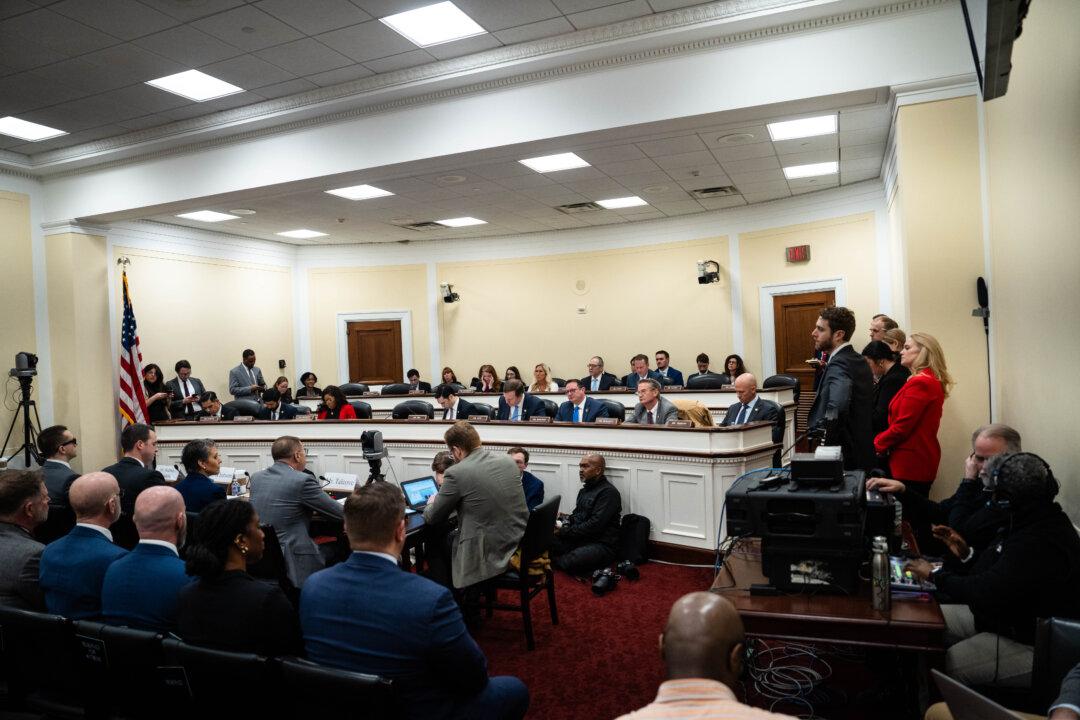Federal officials representing both major political parties in the United States added more than $8 trillion on the wrong side of the country’s financial ledger in 2019, according to a Chicago-based accounting foundation’s analysis.
The federal government’s “overall financial condition worsened by $8.16 trillion in 2019,” Truth in Accounting (TIA) stated in its latest “Financial State of the Union” annual report. Nearly $7 trillion of the increase is due to unfunded Social Security and Medicare benefits.





